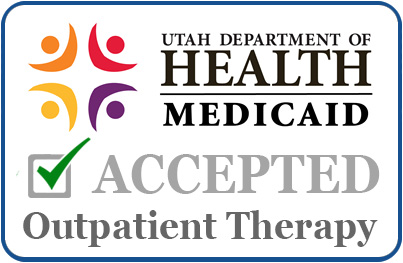People wondering “what is fentanyl” often turn to the National Institute on Drug Abuse(NIDA) for answers. The organization describes fentanyl as a pain-relieving drug that is up to 100 times more potent than the more well-known morphine. As a synthetic opioid analgesic, the Food and Drug Administration (FDA) maintains fentanyl as a Schedule II narcotic available only by prescription. Doctors typically prescribe fentanyl to patients struggling with severe and/or chronic pain and to manage post-surgical pain. People may not understand the potential for fentanyl overdose or fentanyl addiction when first prescribed the drug.
Patients receiving fentanyl as a prescription may also hear people refer to it as Actiq, Duragesic, or Sublimize. Unfortunately, some people choose to mix their prescription for fentanyl with street drugs such as heroin and sell drugs on the black market. Several names for this dangerous and illegal combination exist.
Once the use of this drug has reached the level of illicit use, there’s an increased risk of developing dangerous fentanyl side effects. Of course, people can still become addicted to fentanyl even when not altering the drug and taking it at home.
How Dangerous is Fentanyl
Initially, taking fentanyl produces a euphoric, relaxed feeling and rapid relief from pain. People seek to recreate the experience of taking fentanyl the first few times and can quickly find themselves taking more than their doctor prescribed. Employees of healthcare settings that give them easy access to fentanyl are especially at risk of addiction. However, it can happen to anybody.
Manipulating fentanyl in any way, including applying heat to a fentanyl patch or mixing a pill or dissolvable tablet with other drugs, is especially dangerous. The reason for this is that it disrupts the drug’s slow-release mechanism and delivers the ingredients to the body too quickly and in too high of a dose.
Signs of Fentanyl Abuse and Addiction
Although taking fentanyl can produce numerous symptoms, it’s important to understand that not everyone will struggle with the same ones. This drug produces normal fentanyl side effects as well as abuse and overdose symptoms. Anyone experiencing several of the symptoms listed below for more than a few days should speak to their doctor immediately.
- Blurry vision
- Confusion
- Convulsions
- Difficulty breathing
- Dizziness
- Dry mouth
- Fatigue
- Loss of appetite
- Mood changes
- Nausea or vomiting
- Numbness or pain in the hands, lower legs, ankles, or feet
- Painful urination
- Ulcers
These symptoms are more common among patients who don’t take fentanyl as directed. Slow or extremely shallow breathing is one of the most obvious indicators of fentanyl overdose. These symptoms can also occur:
- Back pain
- Constipation
- Diarrhea
- Depression
- Difficulty concentrating
- Insomnia
- Irritability
- Loss of interest in normal activities
- Stiff muscles and/or joints
- Unusual drowsiness
- Weakness
- Weight loss
In severe cases, a Fentanyl overdose can lead to coma or death.
Considering Treatment in Utah for Fentanyl Addiction?
Addiction to a prescription painkiller can make life just as unmanageable as any other type of addiction. Renaissance Ranch in Ogden, Utah offers prescription drug abuse help on an outpatient basis. We invite you tocontact us to learn more about how our program can help you overcome addiction.
- How to Continue Working While in Outpatient Treatment - January 16, 2025
- Top 5 Advantages of Choosing a Local Addiction Treatment Center - August 16, 2024
- Is Outpatient Drug Treatment Effective for Long-Term Recovery? - July 24, 2024



